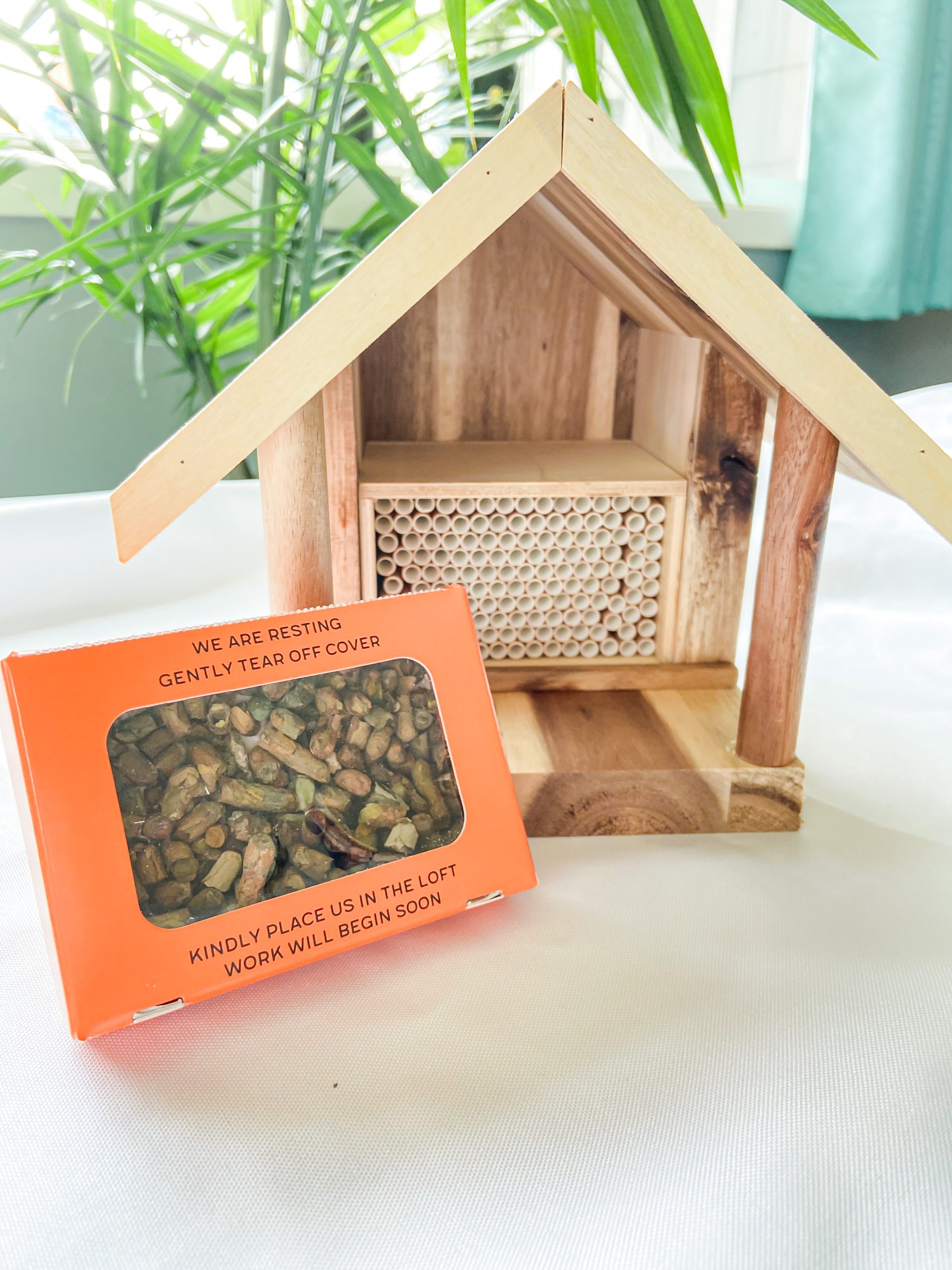Science can be a fun subject for many children, especially when learning about animals, insects, and plants. If your students are currently studying pollination or the life cycle, they may enjoy learning more about leafcutter bees!
At Kind Bee Farms, we offer free bee kits to schools that want to collaborate with us. Your students can observe and interact with leafcutter bees as they work in the garden, cut leaves, and build cocoons. Below, we will discuss a few ways to include our kind bees in your class lessons and school events, and how you can get a free bee kit from our team. Keep reading to learn more!
What Do Children Like About Leafcutter Bees?
It has been our experience that children love leafcutter bees, and the bees love them right back! Unlike honey and bumble bees, leafcutter bees rarely sting. They are very docile and easy to work with- that is why we call them “kind bees!”
Children can let a leafcutter bee land on them without worrying about getting stung. They can closely observe how they behave as they cut leaves, pollinate flowers, and build cocoons in their nests. The kind and gentle nature of leafcutter bees makes them a great addition to your schoolyard and a helping hand for students who are nervous around other bees.
By observing and looking after leafcutter bees, children can learn about…
- The lifecycle of nature: Leafcutter bees have a short but fascinating lifespan. Your students will have the unique experience of observing their full life cycle, from flying out of the bee box to concluding their active period once the growth season ends.
- Pollination: Leafcutter bees are known as “super pollinators” for how quickly they can help a garden flourish! Your students can study and observe the plants in your school’s garden to see just how much these bees encourage plant growth.
- How to grow plants: one of the best ways students can observe leafcutter bees is by working alongside them in the garden! While your students watch the bees’ activity, you can teach them how to look after the plants by watering, weeding, and tending the soil.
- …And so much more!
How Schools Are Using Leafcutter Bees
You can integrate lessons about leafcutter bees in a few different ways! There are plenty of fun facts children can learn about leafcutter bees in class. You can do research projects about where leafcutter bees come from, how they differ from other bees, and how their contribution to pollination helps gardens grow.
If you get a leafcutter bee house for your school, your students can observe and learn about these bees up close! A great way to find out what your students have learned is to give them a checklist to fill out every time they go out to the garden and observe the activity.
You can include questions such as:
- How long does it take a leafcutter bee to fill their tubes with eggs?
- What types of leaves are they using to line the holes of the tubes?
- Do you see bees flying with cut leaves under their bellies?
If your school is located in Saskatchewan, our team at Kind Bee Farms is also happy to stop by and give a presentation all about our leafcutter bees! This is a great way to pique your students’ interest before installing a bee house at the school.
You can book a presentation by contacting us at [email protected].
Contact Kind Bee Farms for a Free Bee Kit
Teaching your students about leafcutter bees is a great way to encourage their interest in nature and pollination! If you’d like to try this kind of assignment with your students, you can request a free leafcutter bee kit from our team at Kind Bee Farms on our contact page. This kit includes our bees, bee tubes, and the bee house.
Email us to inquire about our free kits and school presentations, and we will get back to you as soon as possible.
Visit our Blog for more facts about leafcutter bees!

